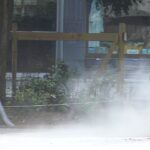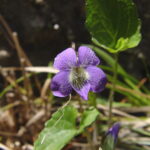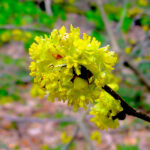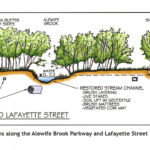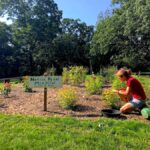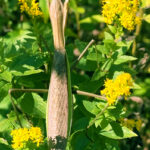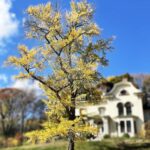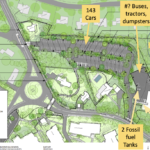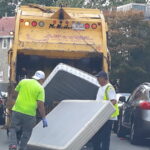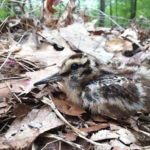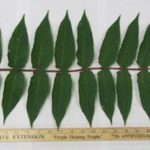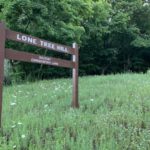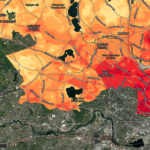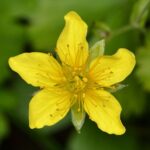
By Sarah Wang, Kim DeAndrade, and Jean Devine By this point in the summer, your water barrels may be dry and you may be devoting inordinate amounts of time (and money) to watering. No matter how much you water, it cannot compare to real rain. Here are some tips to help with drought: Mulch! Besides retaining moisture, mulch will feed the soil and keep down the weeds. Avoid dyed mulch. It is unregulated and may contain shredded construction wood waste and pressure-treated wood. And, it won’t do much to feed the soil. If you buy mulch, consider compost and [READ MORE]


